Noob Factory Rolex Replica
What Is The Sigma Dial, And Why Does It Matter? Rolex Knockoff
When it comes to vintage watches, small details matter. They are everything. Details become a double-edged sword when evaluating dial originality, as any replacement or modification of the dial can dramatically impact the watch’s overall value. This explains the various problems with the odd little round markings that adorn the sides of “Swiss” or “Swiss Made” on the bottom of the dial on watches produced from the 1970s onwards. These small markings are the lowercase Greek letters Sigma (Sigma Σ, σ), so dials carrying these markings are aptly called “Sigma Dials.” The problem is that most of the information we commonly see about Sigma dials is wrong, and it’s plain to see that it’s terrible. So, I decided to dig deeper and figure out exactly when the Sigma Dial appeared, and the reasons behind it, and the story was more interesting than I expected.
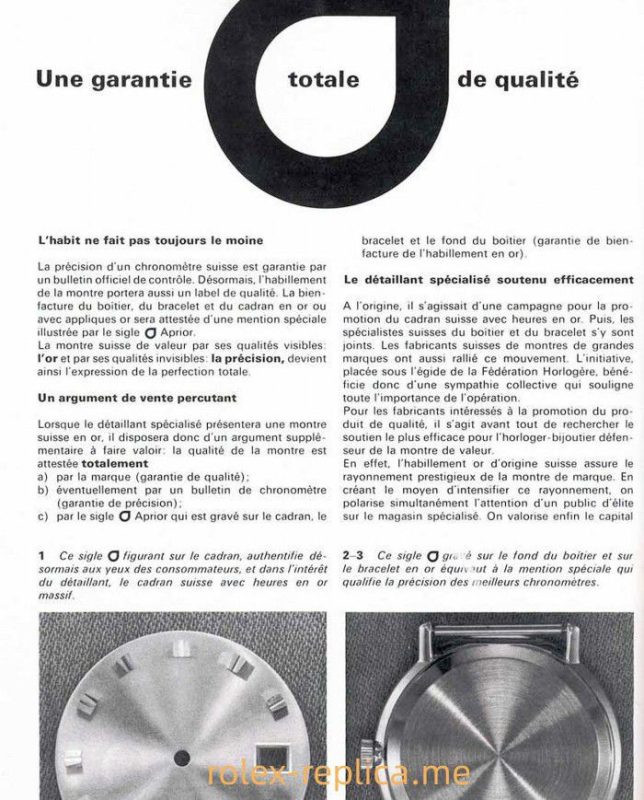
An advertisement from APRIOR emphasizes that Swiss watches are accurate and reliable and have valuable gold parts.
The first rumor about the Sigma dial: these small letters are mandatory markings suddenly and compulsorily added to watchmaking brands in the early 1970s. This statement is unrealistic because Sigma is the independent choice of the watchmaking brand and an identification mark. More specifically, it is the exclusive logo of several brands that have joined APRIOR (L’Association pour la Promotion Industrielle de l’Or), the industry association for promoting gold watches, which explains why not all brands have Sigma Dials Watch.
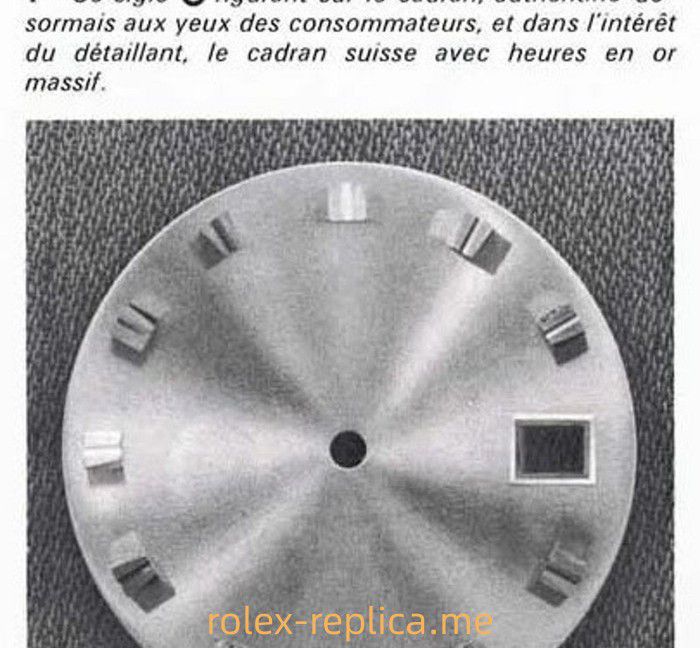
APRIOR’s statement clearly describes the purpose of Sigma Dials
You must remember the situation the Swiss watch industry faced at that time:
- The global economy was in dire straits.
- The quartz wave was impacting it.
- Mechanical technology is needed to catch up.
What better way to emphasize the profound value of an old mechanical watch than by mentioning the parts that have intrinsic value? The logic here may sound unclear at first, but we must consider that the price of gold soared in the 1970s. Between 1970 and 1974, the cost of gold increased fivefold. The Sigma symbol certifies that the watch’s hands and hour markers are solid gold. APRIOR emphasizes in its marketing campaign: “Buying a watch bearing the Sigma logo is a reliable investment.”

A Rolex Daytona Ref.6263 watch produced in 1974, with two lowercase sigmas on both sides of “Swiss.”
Ultimately, the Sigma Initiative sounds reasonable, even if I’m still unconvinced. However, the Sigma Initiative may not be as innovative as APRIOR claims, as it is very similar to the “OM” logo used by Omega in the mid-1950s (and you can see the Speedmaster Apollo XI Ref. BA launched by Omega around the same time APRIOR was founded) 145.022-69 watch). Omega did choose to use “OM” to mark dials made of solid gold. This marking does not involve hands and hour markers, but it is very close in concept to Sigma. Of course, we may never find out whether the “OM” mark affects APRIOR. Evidence of.
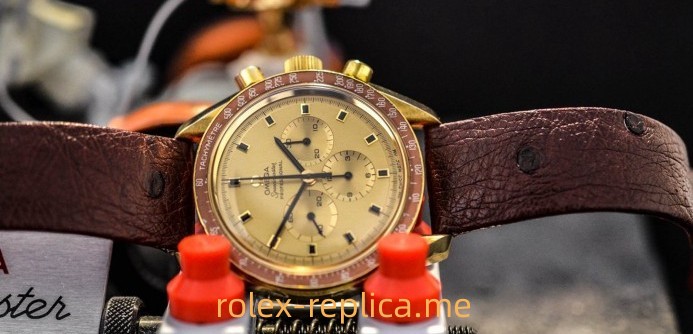
The unique “OM” mark is displayed on the bottom of the dial of the Omega Speedmaster Apollo XI gold watch.
Although APRIOR was officially founded in 1973 (its charter was drafted in 1972), the Sigma symbol had been trademarked as early as August 1971. Many sources place the date of the first Sigma dial in 1973. If we use watches (usually the best source of evidence) as evidence, we can prove that the 1973 origin theory is entirely wrong. Many Rolex watches were produced in 1970 with serial numbers and Sigma logos. This means that not only did the Sigma dials predate 1973 and the founding of APRIOR, but before the Sigma logo was trademarked, they may have been the work of an individual dial maker before the trademark was submitted for approval and the broader plan was sketched out. Rolex knockoff.
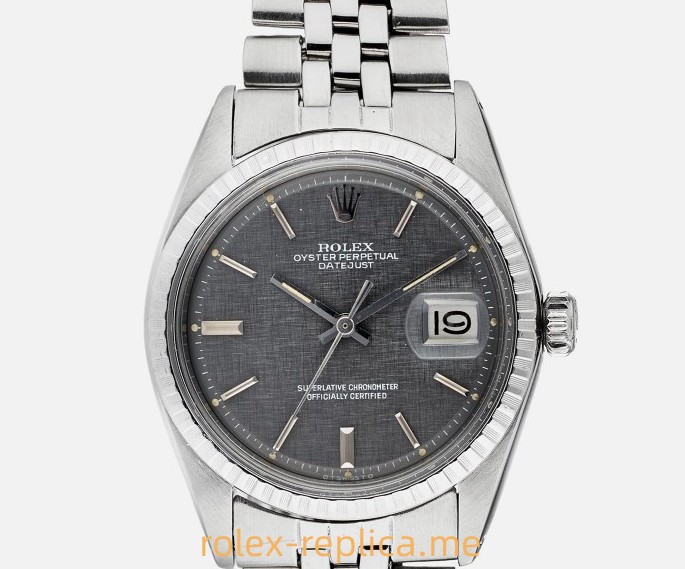
Rolex had used Sigma dials before 1973, as evidenced by this Rolex Datejust Ref.1603 linen dial watch produced in 1972.
If we recheck the trademark, we will find that it was continuously updated until 2003, and APRIOR was officially launched on the historical stage four years later (2007). As far as Rolex is concerned, the brand stopped using Sigma dials in the late 1970s, slightly later than the generally thought of 1975. The beauty here is that many vintage Rolex watches are on the market, making it very easy to trace the origins of the Sigma dial. Unfortunately, Rolex alone cannot fully understand the secrets of the Sigma dial. Historically, many other brands have joined APRIOR (between five and nine members at any given time), and manufacturers that supply it with movements, such as Stern and Singer, also produce Sigma dials. In addition to Rolex, the most famous brands are Patek Philippe, Vacheron Constantin, and IWC.
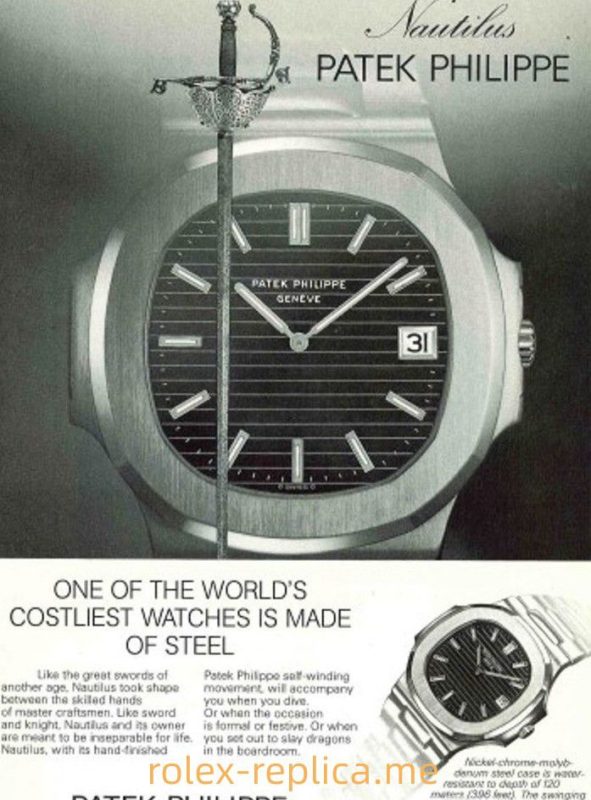
Just a little observation is enough to clearly understand that many famous dials produced in the 1970s also used Sigma dials, such as Patek Philippe Nautilus and Ellipse d’Or, Vacheron Constantin 222 (square model), and IWC Ingenieur. Interestingly, like Rolex watches, not all of these models are equipped with solid gold cases; in many cases, a stainless steel watch can also be decorated with the Sigma symbol simply because it is fitted with solid gold hands and hour markers.
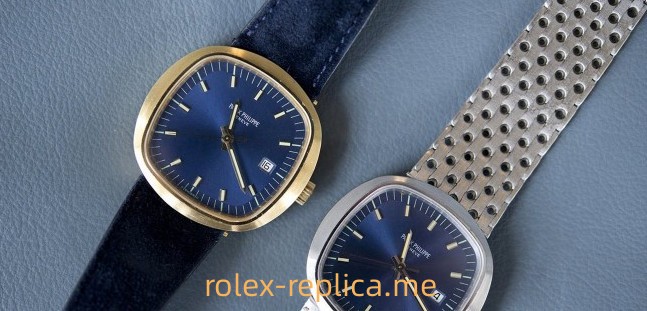
Patek Philippe Ref.3587 watches (powered by Beta 21 movement) are often equipped with Sigma dials.
We can dig deeper into the timeline of Sigma dials through these brands because whether it is Patek Philippe Nautilus or Vacheron Constantin across the world, Sigma dials were still used until the 1990s. This critical information also allows us to clear up another rumor about Sigma dials; they are in no way replacement dials but genuine originals, as long as these watches comply with the timeline for applying Sigma dials in a specific brand series. In principle, I would like to give a firm deadline for applying for Sigma Dials; I am still deciding. The last Sigma dial I could find was equipped in a watch produced in 2000, but please note that the dial was mass-produced. Just because the watch was made in 2000 does not mean the dial is the dial is the same. The latter may have been produced earlier.
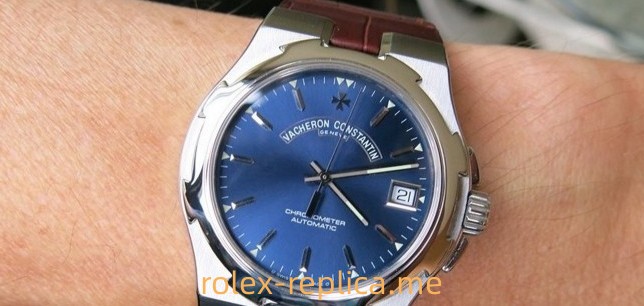
This Vacheron Constantin Overseas watch, produced in 1997, is still equipped with a Sigma dial.
Despite the uncertainty surrounding the deadline, there is real value in understanding the ins and outs of the Sigma Dial and knowing where to see it (and where not to see it). For example, if a watch produced in the 1960s is equipped with a Sigma dial, it differs from the original configuration. Looking back at the history of the Sigma Dial, we must applaud APRIOR for its initiative, but at the same time, be honest about the true story of the Sigma Dial: it was never a comprehensive measure envisioned for the entire watchmaking industry, and it did nothing to prevent the 1970s Quartz Crisis. Richard mille replica.
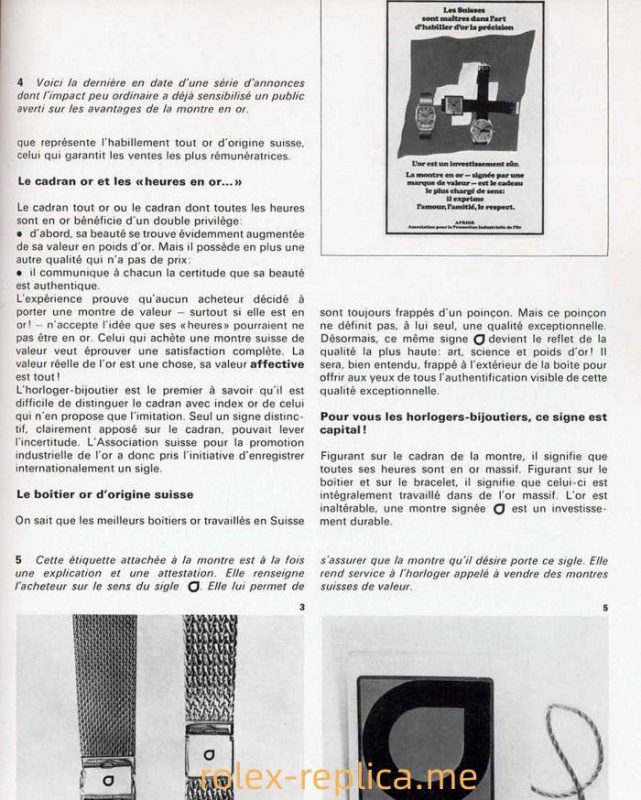
The second page of the APRIOR statement also mentions the sigma symbol used on watch cases, bracelets, and even labels; the investigation is ongoing.
This persistent issue relates to the assumption that end customers value knowing whether part of their watch is made of precious metals. The above assumption seems flawed because this type of knowledge does not carry the emotional element that APRIOR expects, and it is possible that a large proportion of customers need to learn the existence of the Sigma symbol. After all, no one would buy a watch intending to smell and sell it. Much is the net weight of pure gold with three hands and twelve-hour markers?
This explains why Sigma dials have yet to leave a lasting mark on the industry and why focusing on craftsmanship appeal is a wise choice for the long-term development of the watchmaking industry. There is another more profound implication here: the world of vintage watches is complex, and there are many versions of the story for any given subject, many of which are of poor quality. All in all, it’s worth doing a little extra research.
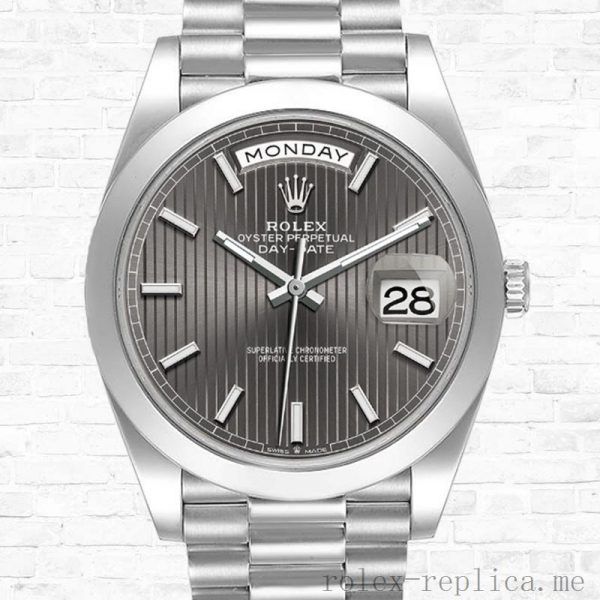
Band Width: 20mm
Gender: Men’s
Case Color: Silver-tone
Case Size: 40mm
Case Thickness: 15mm
Model: m228206-0011
Series: Day-Date
Band Length: 18cm
Brand: Rolex
